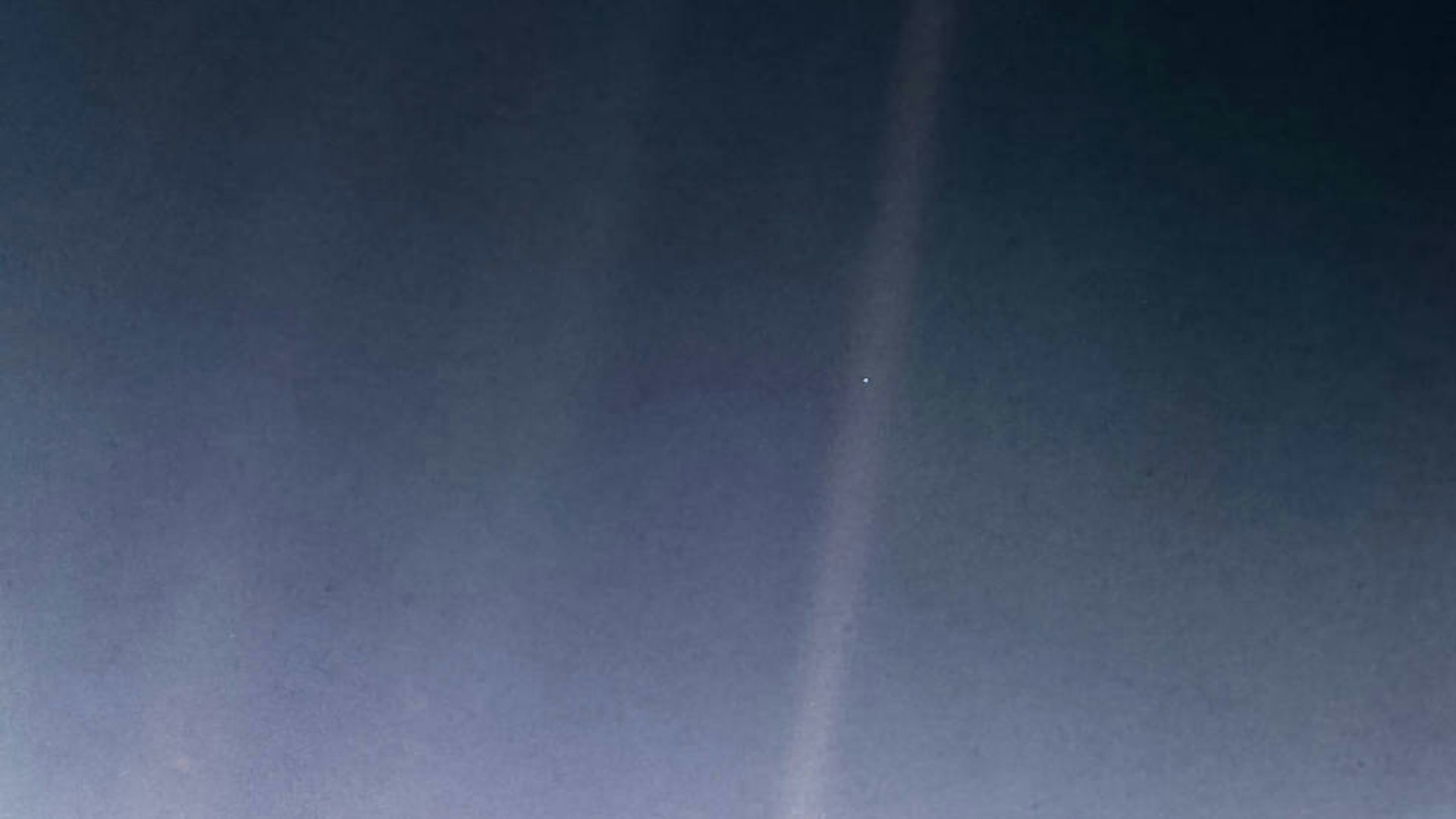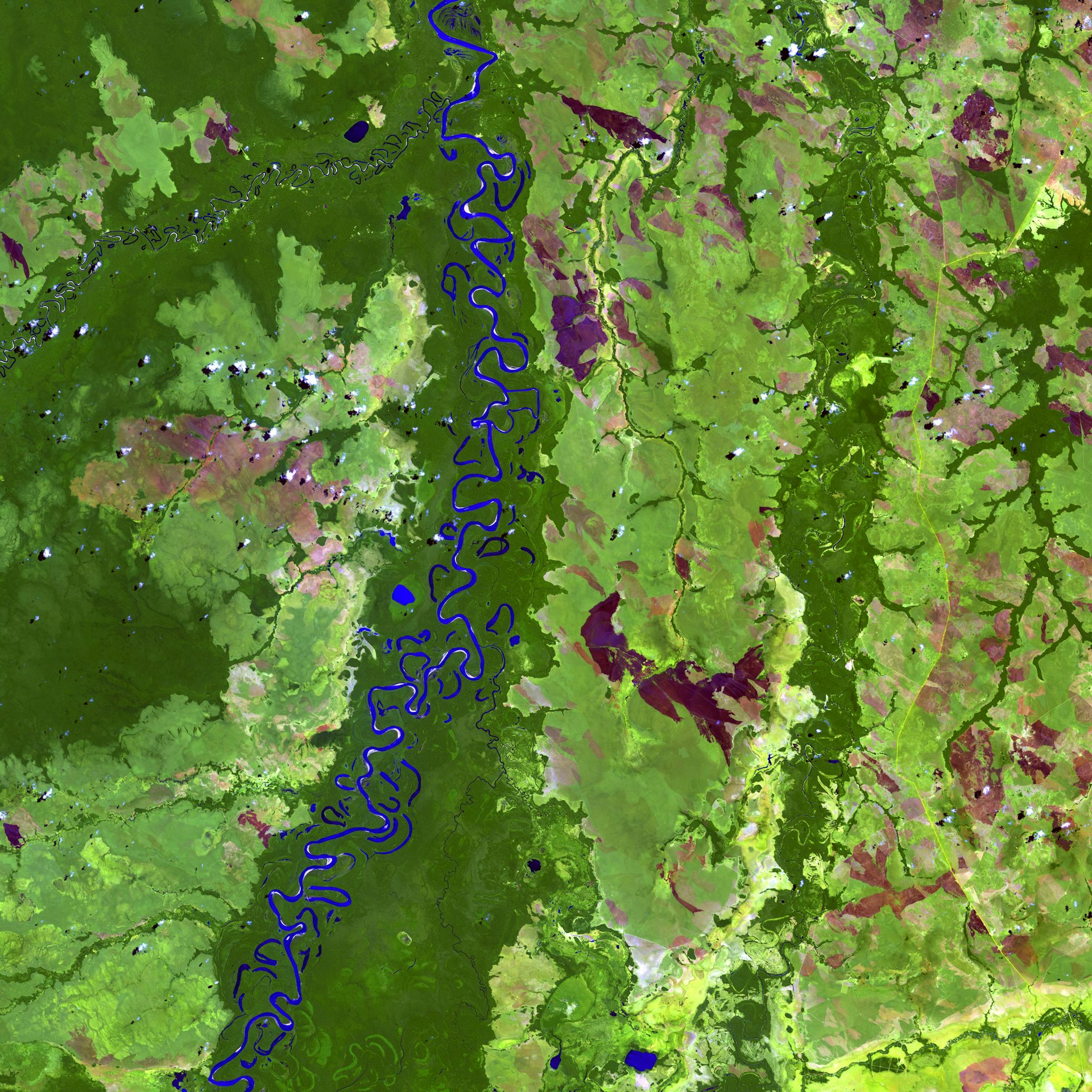10 times this year the Webb telescope blew us away with new images of our stunning universe

The James Webb Space Telescope
The more we look at the Universe and the more detail we see, the more majestic it becomes. In the words of the late, great carl Sagan:
How is it that hardly any major religion has looked at science and concluded, "This is better than we thought! The Universe is much bigger than our prophets said, grander, more subtle, more elegant?” Instead they say, “No, no, no! My god is a little god, and I want him to stay that way.” A religion, old or new, that stressed the magnificence of the Universe as revealed by modern science might be able to draw forth reserves of reverence and awe hardly tapped by the conventional faiths.
Carl Sagan, Pale Blue Dot: A Vision of the Human Future in Space
And another quote from Carl Sagan, referring to the famous photo of Earth seen as a tiny pale blue dot from beyond Pluto, because one is never enough:
Ann Druyan suggests an experiment: Look back again at the pale blue dot of the preceding chapter. Take a good long look at it. Stare at the dot for any length of time and then try to convince yourself that God created the whole Universe for one of the 10 million or so species of life that inhabit that speck of dust. Now take it a step further: Imagine that everything was made just for a single shade of that species, or gender, or ethnic or religious subdivision. If this doesn’t strike you as unlikely, pick another dot. Imagine it to be inhabited by a different form of intelligent life. They, too, cherish the notion of a God who has created everything for their benefit. How seriously do you take their claim?
Carl Sagan, Pale Blue Dot: A Vision of the Human Future in Space.
What would Carl Sagan have made of the images now coming from the James Webb Space Telescope (JWST)? The final one in the following article is of a segment of sky a fraction the size of a full moon. Tens of thousands of points of light in it each represent a single galaxy. Each of those will contain upwards of half a trillion stars, around each of which there is a good chance of a planetary system and possibly an Earth-like planet orbiting.
Are we so arrogant as to assume this was all made just for us and that a mind-reading creator god scrutinises this one small pixel, watching to see if anyone touches their genitalia, loves the wrong person, works on a Sunday, gets pleasure from sex or has the temerity to question what the priests tell us and to think for ourselves?
The article is by Colin Jacobs, Postdoctoral Researcher in Astrophysics, and Karl Glazebrook, ARC Laureate Fellow & Distinguished Professor, Centre for Astrophysics & Supercomputing, both of Swinburne University of Technology, Melbourne, Australia, lookt at how the JWST images have blown us away over the past year, revealing a Universe never before seen in this stunning detail. It is reprinted here under a Creative Commons license, reformatted for stylistic consistency. The original can be seen
here.



.jpg)











